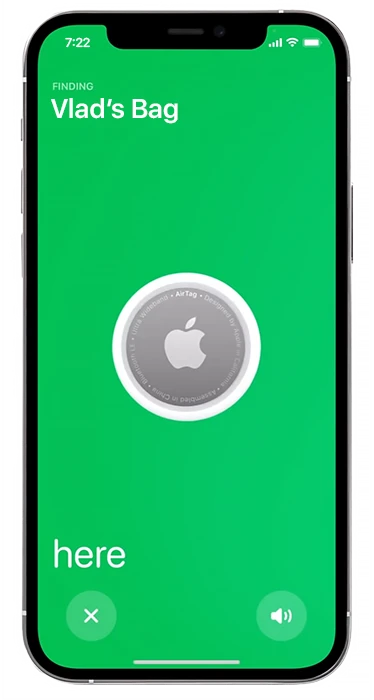Starting in 2020, Apple made a significant change by no longer including charging adapters with new iPhones, leaving just the cable in the box. So, when you pick up a new iPhone, you might need to get a separate charging block as well. The more powerful the charger, the faster your device powers up. While Apple offers its own chargers, there are plenty of other brands providing even faster charging solutions.
From the iPhone 12 onwards, iPhones became compatible with the Qi2 charging standard and introduced MagSafe technology. This handy feature allows for quick wireless charging, and while it’s not as fast as a wired connection, it does help reduce cable clutter.
Below, you’ll find some of the best wired and wireless chargers for iPhones in 2024.
What you need to know about iPhone chargers
When selecting a charger for your iPhone, there are a few key factors to keep in mind. First, most iPhones have a fast-charging limit of 20 watts. However, the iPhone 14 Pro and iPhone 15 Pro have raised the bar, supporting up to 27 watts. This means that investing in a charger beyond 30 watts may not be necessary, as your iPhone won’t be able to take advantage of that extra power.
Another important point is the type of cable connector. Starting with the iPhone 12, the included cable features a USB-C connector on the charger end, so you’ll need an adapter with a USB-C port. If you have an older cable with a USB-A connector, you’ll need a USB-A adapter. For this article, I’ll be focusing on the latest options available.
When it comes to wireless charging, iPhones from the 8th to the 11th generation support up to 10 watts and lack magnetic attachments. From the iPhone 12 onward, iPhones introduced magnetic mounting and offer “fast” wireless charging up to 15 watts. You can still wirelessly charge older iPhones with a MagSafe charger, but it won’t magnetically attach, and charging will be limited to 10 watts.
List of iPhone chargers
| Charger Type | Model | Power | Ports |
|---|---|---|---|
| Wired | Apple 20W USB-C Power Adapter | 20W | USB-C |
| Wired | Google 30W USB-C Power Charger | 30W | USB-C |
| Wired | Anker 511 Charger (Nano 3) | 30W | USB-C |
| Wired | Anker 323 Charger | 33W (max) | USB-C, USB-A |
| Wired | Anker 30W PIQ 3.0 & GaN Wall | 30W | USB-C |
| Wired | Anker Nano II 30W | 30W | USB-C |
| Wired | Anker Nano (PowerPort III) | 20W | USB-C |
| Wired | Spigen ArcStation Pro | 20W | USB-C |
| Wired | Ainope Mini Fast USB Car Charger | 24W | USB-C, USB-A |
| Wired | Baseus 100W 4-Port GaN II Fast Charger | 100W | 4 x USB-C |
| Wired | Nimble Wally Mini | 20W | USB-C, USB-A |
| Wired | RAVPower 30W 2-Port USB-C Fast Charger | 30W | USB-C, USB-A |
| Wired | RAVPower 65W PD Charger | 65W | USB-C, USB-A |
| Wired | Aukey Omnia 65W Dual Port | 65W | USB-C, USB-A |
| Wired | Anker 30W PowerPort Atom III Slim USB-C Charger | 30W | USB-C |
| Wireless | Apple MagSafe Charger | 15W | — |
| Wireless | Anker MagGo Magnetic Wireless Charger | 15W | — |
| Wireless | Anker 313 Wireless Charger (Stand) | 10W | — |
| Wireless | Nomad Base | 15W | — |
| Wireless | Belkin 3-in-1 Wireless Charger With MagSafe | 15W | — |
| Wireless | Apple MagSafe Charger | 25W (when paired with 30W adapter) | — |
Understanding phone charging: What you need to know
In today’s world, there’s more and more talk about the power of chargers and fast charging. However, there’s one important nuance that marketers are overlooking: while fast charging may be convenient, it can be detrimental to battery health.
The higher the charging current, the more it accelerates battery degradation. Fast charging is a forced balance between battery life and phone usability. Unfortunately, many iPhones can’t maintain optimal battery life after a while. Typically, over 3-4 years of use, most iPhones lose about 30% of their battery capacity – this is a natural part of the battery life cycle. So, as strange as it may sound, the less current your phone’s battery is charged with, the longer it will last.





